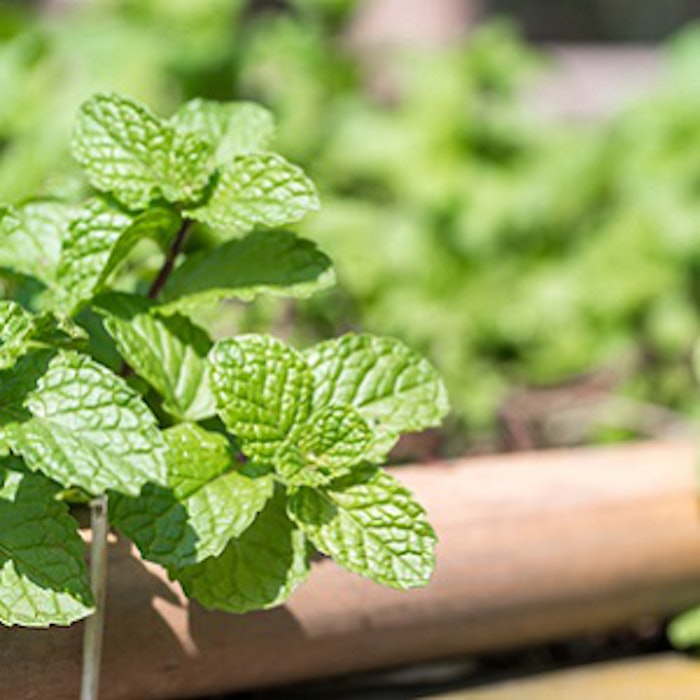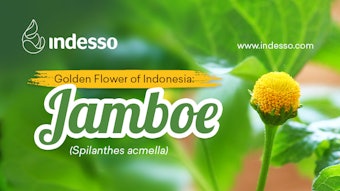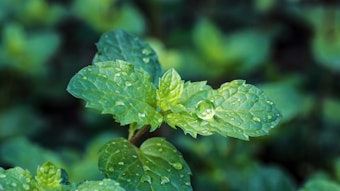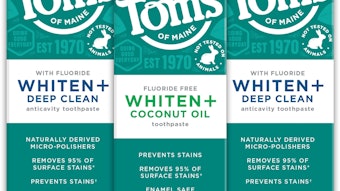
Mint’s popularity is undeniable; lately, however, producers have faced increasing pressure to reduce raw material costs. Here Mark Morris and Eric Robbins provide an update on the world of mint — the issues and challenges — from both the agronomist’s and the flavorist’s perspective.
Mark Morris discusses the five key areas of peppermint agronomy
The mint family (Labiatae or Lamiaceae) is composed of many species — including basil, lavender, rosemary, peppermint and spearmint — grown commercially for their essential oils or leaves. This article focuses on agricultural practices employed in the production of peppermint (Mentha x piperita). Because the global peppermint oil market has become increasingly competitive, agricultural practices that maintain oil quality while managing production costs are more crucial today than ever before.
The Root of the Problem
The trend in US peppermint acreage since 1996 offers a glimpse into this situation. Between the 1960s and 1987 total US peppermint plantations fl uctuated between 60,000 and 107,000 acres, and increased to 149,000 acres in 1995. Erosion began with an economic downturn in foreign markets, primarily the Pacifi c Rim; today, US peppermint acreage is below 80,000 acres. Meanwhile, peppermint acreage in India, where land, labor and other production costs are signifi cantly lower, has more than doubled.










